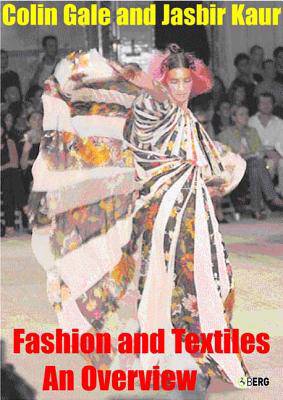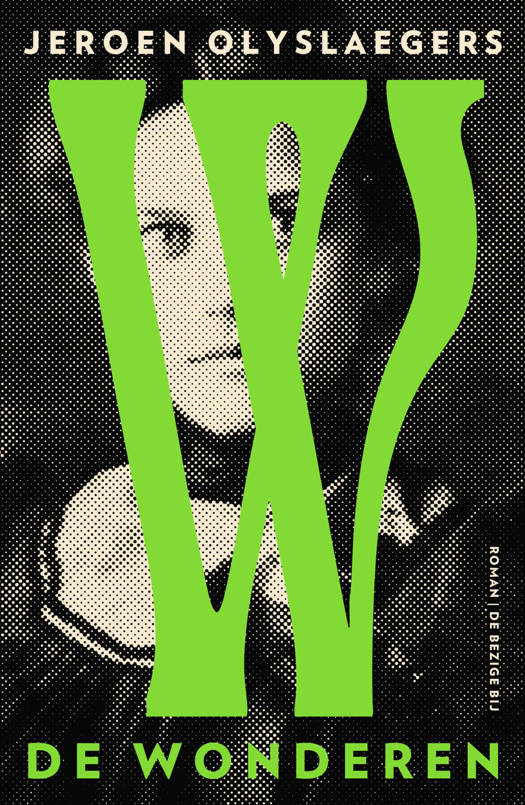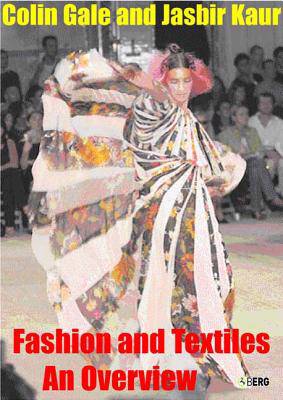
- Afhalen na 1 uur in een winkel met voorraad
- Gratis thuislevering in België vanaf € 30
- Ruim aanbod met 7 miljoen producten
- Afhalen na 1 uur in een winkel met voorraad
- Gratis thuislevering in België vanaf € 30
- Ruim aanbod met 7 miljoen producten
Zoeken
€ 296,95
+ 593 punten
Uitvoering
Omschrijving
This essential book provides the first comprehensive overview of the symbiotic relationship that exists between fashion and textiles. Because textiles represent a central ingredient of fashion (as with denim jeans, for example), their interrelationship should be an obvious theme for study, yet historically the two subjects are often considered separately. Gale and Kaur analyze fashion and textile's cultural, industrial and social relationships, as well as examining how the two fields compete with and influence one another. Taking as their starting point the nature of the relationship between fashion and textiles, Gale and Kaur then identify and discuss key arenas of commercial and cultural interaction, including raw materials, business, consumers, and future technology. Their examples are drawn from the experiences and opinions of industry professionals - designers, retailers, and manufacturers. Gale and Kaur look at how the raw materials from which clothing is made are heavily influenced by fashion trends on national and global levels. Why do we choose the fabrics we do, and how do our choices affect both industries? The story is very much a human one. Each garment has an intriguing history before a consumer even tries it on. Gale and Kaur unpick this history and examine how retail need and consumer demand impact upon the end product. The result is an exciting new book that begins at the level of supply and demand, and moves forward to consider issues about design, technology, globalization and broader fashion trends. Highlighting cultural differences and similarities between the two industry sectors, Fashion and Textiles offers varied professional perspectives, information about key roles and jobs, and practical considerations relating to economics, design, manufacture and retail. A key text for a wide range of courses on fashion and textiles, it is vital reading for anyone hoping to pursue a career in either field.
Specificaties
Betrokkenen
- Auteur(s):
- Uitgeverij:
Inhoud
- Aantal bladzijden:
- 256
- Taal:
- Engels
Eigenschappen
- Productcode (EAN):
- 9781859738139
- Verschijningsdatum:
- 1/08/2004
- Uitvoering:
- Hardcover
- Formaat:
- Genaaid
- Afmetingen:
- 177 mm x 250 mm
- Gewicht:
- 607 g

Alleen bij Standaard Boekhandel
+ 593 punten op je klantenkaart van Standaard Boekhandel
Beoordelingen
We publiceren alleen reviews die voldoen aan de voorwaarden voor reviews. Bekijk onze voorwaarden voor reviews.








